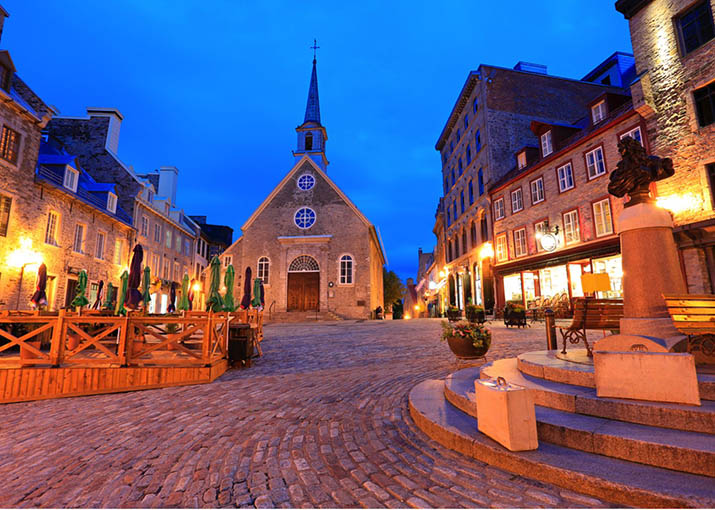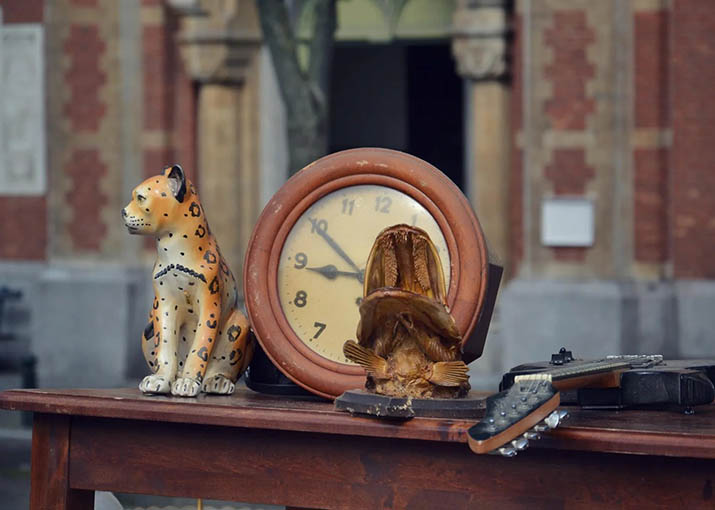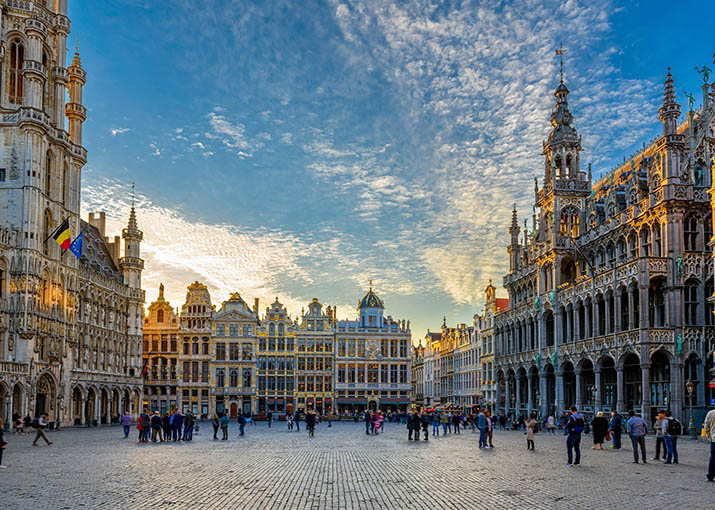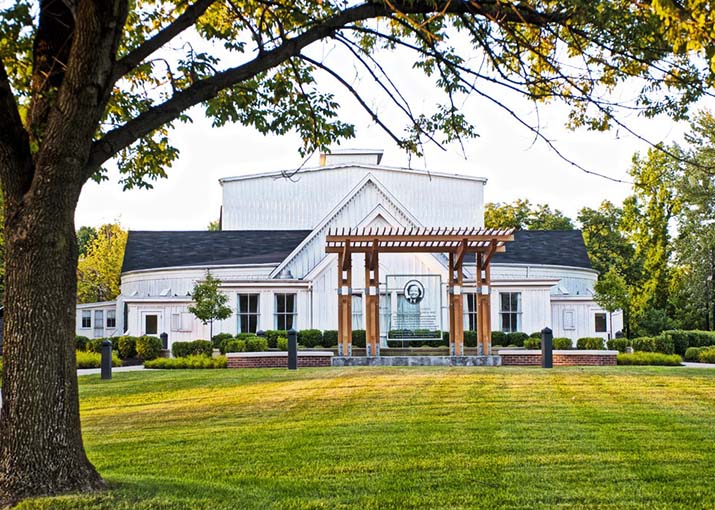I’m excited to share with you the must-see attractions and activities that make Brussels such a unique and fascinating destination. From historical landmarks to modern hotspots, here’s a comprehensive guide to experiencing Brussels at its best.
1. Grand Place (Grote Markt)
The Grand Place is undoubtedly one of Brussels’ most iconic landmarks and serves as the heart of the city. Every time I step into this grand square, I am awestruck by its breathtaking beauty and historical significance.
- City Hall (Hôtel de Ville): This stunning Gothic building, dating back to the 15th century, is one of the oldest structures in Brussels. Its intricate façade and towering spire are a testament to medieval craftsmanship. Standing in the square, gazing up at this majestic building, I feel like I’m being transported back in time.
- Maison du Roi (Bread House): Currently housing the Brussels City Museum, this ornate building’s façade is equally impressive. Inside, the museum offers an array of exhibits detailing Brussels’ rich history. From medieval relics to modern artifacts, these exhibits paint a vivid picture of the city’s evolution over centuries.
The Grand Place also hosts various festivals and events throughout the year. One of the highlights is the Flower Carpet event held every August, where the square is covered in a dazzling array of floral designs. Whether by day or night, the Grand Place is always buzzing with life and charm.
2. Manneken Pis
Manneken Pis is a quirky and beloved symbol of Brussels. This small bronze statue depicts a young boy urinating into a fountain and has become an emblem of the city’s sense of humor and irreverence.
- The Story Behind the Statue: The statue, though small at just 60 cm tall, carries a wealth of history. It’s tied to several local legends and has become a symbol of Brussels’ playful spirit. Each time I visit, the statue is dressed in different costumes, thanks to contributions from local residents and businesses.
- Costume Changes: Manneken Pis’ outfits change frequently, and it’s always fun to see what new attire he’s sporting. Whether he’s dressed as a historical figure or in a whimsical costume, the statue adds a unique and humorous touch to the city’s atmosphere.
3. Royal Mint Museum (Musée de la Monnaie)
The Royal Mint Museum is an intriguing destination where you can delve into the history of currency and minting. It’s not just a historical site but also an educational experience that sheds light on the economic significance of coins.
- Coin Collection: The museum’s collection spans from ancient to modern times, showcasing the evolution of currency and its impact on commerce. Each exhibit provides insights into the economic and cultural importance of money throughout history.
- Interactive Exhibits: The museum features interactive displays that allow visitors to experience the minting process firsthand. This hands-on approach makes the historical journey engaging and memorable for visitors of all ages.

4. Place Royale (Royal Square)
Place Royale is an elegant square surrounded by a variety of architectural styles, making it a serene spot in the heart of Brussels. This area was once the political and social center of the city and remains a picturesque place to visit.
- Architectural Highlights: The square’s surroundings include a mix of classical and modern architecture, from historic royal buildings to contemporary art galleries. A leisurely stroll around the square offers a glimpse into Brussels’ diverse architectural landscape.
- Nearby Attractions: Adjacent to Place Royale are several must-visit museums, such as the Royal Museums of Fine Arts of Belgium and the Old Masters Museum. These institutions house extensive collections of art, adding cultural depth to your visit.
5. Place du Luxembourg (Luxembourg Square)
Place du Luxembourg is an important political center in Brussels, located near the European Parliament. This bustling area is known for its vibrant atmosphere and numerous dining options.
- European Parliament: One of the key landmarks here is the European Parliament building. If you have the chance, participating in an open day or guided tour offers a fascinating glimpse into European politics and governance.
- Dining and Leisure: The square is surrounded by a variety of cafes and restaurants, perfect for a break after sightseeing. I often found myself relaxing in a local café, enjoying a delicious Belgian waffle or a rich coffee while taking in the lively ambiance.
6. Ixelles
Ixelles is one of Brussels’ most dynamic neighborhoods, known for its artistic vibe and diverse cultural offerings. This area stands out for its lively markets and trendy atmosphere.
- Markets: Ixelles hosts vibrant markets such as the Sunday market at Place du Midi. Here, you can browse through an array of local produce, fresh vegetables, and unique goods, providing a true taste of Brussels’ local life.
- Arts and Design: The neighborhood is also a hub for contemporary art and design, with numerous independent galleries and boutique shops. Exploring Ixelles offers an insight into Brussels’ creative side, making it a must-visit for art enthusiasts and design aficionados.
7. Le Marolles and Sablon

Le Marolles and Sablon are two charming districts in Brussels, each with its own distinct character and attractions.
- Le Marolles: Known for its antique shops and flea markets, Le Marolles is a treasure trove of vintage finds and eclectic goods. Wandering through its streets, I discovered numerous unique antiques and handmade crafts.
- Sablon: Sablon is famed for its upscale boutiques, antique markets, and historical buildings. It’s a sophisticated area with a range of high-end dining options and charming cafes. Whether you’re shopping for luxury items or simply enjoying the area’s ambiance, Sablon provides a refined experience.
8. Heysel Plateau and Northern Brussels
The Heysel Plateau and northern Brussels area showcase some of the city’s modern developments and architectural feats.
- Modern Architecture: The area is home to impressive modern structures like the Atomium and the Brussels Expo. These landmarks highlight Brussels’ contemporary architectural advancements and are essential visits for those interested in modern design.
- Parks and Green Spaces: Northern Brussels also features beautiful parks and green areas, ideal for a leisurely stroll or picnic. Spending time in these spaces offers a peaceful escape from the bustling city life and provides a chance to enjoy Brussels’ natural beauty.
Brussels is a city brimming with historical significance, modern charm, and diverse experiences. From the grandeur of the Grand Place and the playful Manneken Pis to the cultural depth of the Royal Mint Museum and the elegance of Place Royale, Brussels offers a rich tapestry of attractions and activities. Whether you’re exploring the dynamic neighborhood of Ixelles, the antique treasures of Le Marolles, or the modern marvels of Heysel Plateau, this city has something to captivate every traveler. I hope these insights help you make the most of your Brussels adventure and enjoy every moment of your visit to this remarkable city.


